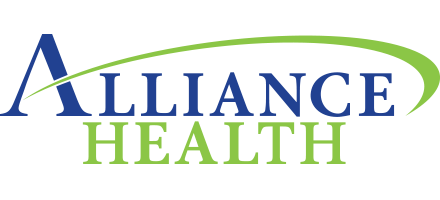Movement is Medicine: The Savvy Patient
I recently read a physical therapy article that highlighted the fact that today’s patients are quickly becoming well versed and active in their healthcare. The article referred to patients as “savvy.” The definition of “savvy” is shrewdly informed; experienced and well-informed; canny; practical understanding; shrewdness or intelligence. I would agree with the article that patients are becoming more “savvy” and are seeking information and greater understanding when it comes to their health and well being. As healthcare evolves, I would love to see this progress and grow, especially on the prevention and wellness side.
Information is knowledge and there are many things we control to improve our health and wellbeing. Examples are moving and exercising more, drinking more water, getting micronutrients and managing our nutrition. While the internet is a wealth of information, the difficulty still remains in the processing, understanding, and the application of the information. At times the amount of information available is overwhelming and challenging to sort through and know what actually applies, or would work for you.
Here are four ways physical therapy fits into the new paradigm of a “savvy” patient
- Direct access: If you have experienced a recent injury or are having chronic bone, joint, or muscle pain you can go directly to your physical therapist for evaluation and treatment. Direct access has been available in California since Jan 2014. You can be evaluated and treated for up to 12 visits or 45 days before having to see your physician. This saves the savvy patient both time and money (copays).
- Physical therapy has been shown to be as effective as surgery in the shoulder, back and knee. Before you go under the knife seek out a physical therapy evaluation and trial course of conservative care. Studies have shown physical therapy to be as effective as surgery for non-traumatic rotator cuff tears, spinal stenosis, lumbar degenerative disc disease, knee meniscus tear, and knee osteoarthritis.
- Pre-habilitation. Studies are showing that physical therapy is effective at decreasing recovery time after surgery with patients recovering faster with fewer complications. If you are going to undergo surgery such as a rotator cuff repair, ACL repair, total knee replacement, total hip replacement, cancer or tumor removal or cardiac surgery ask your doctor about going to physical therapy prior to surgery for potentially faster recovery.
- Mobility and performance assessments: Are your workouts or skills progressing as you think you should be? Are you paying for coaching (ex: golf, tennis, ski) and feel like you are not able to perform the movements correctly? Your musculoskeletal system may be holding you back. Muscles imbalances, weakness, loss of joint range of motion, or altered muscle firing patterns may be the limiting factor. If you are not progressing in your sport or recreational activity, or you are experiencing a chronic stiffness or pain, consider seeing your physical therapist for an assessment of your movement. You may be experiencing joint or muscle limitations that are keeping you from reaching your fullest potential.
I am looking forward to a future where all patients are their own “best” health advocate. Knowledge is power. Knowing what to do with the knowledge and seeking out professionals to help you “weed out” information and apply the key components for you is my definition of a “savvy” patient.
Learn more about movement, fitness and health in this space each week or by visiting www.alliancehealthfresno.com, or calling 478-5833. Dr. Maria Fermoile is a doctor of physical therapy at Alliance Health in Fresno. She will be happy to answer questions submitted to maria@alliancehealthfresno.com.



